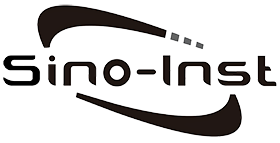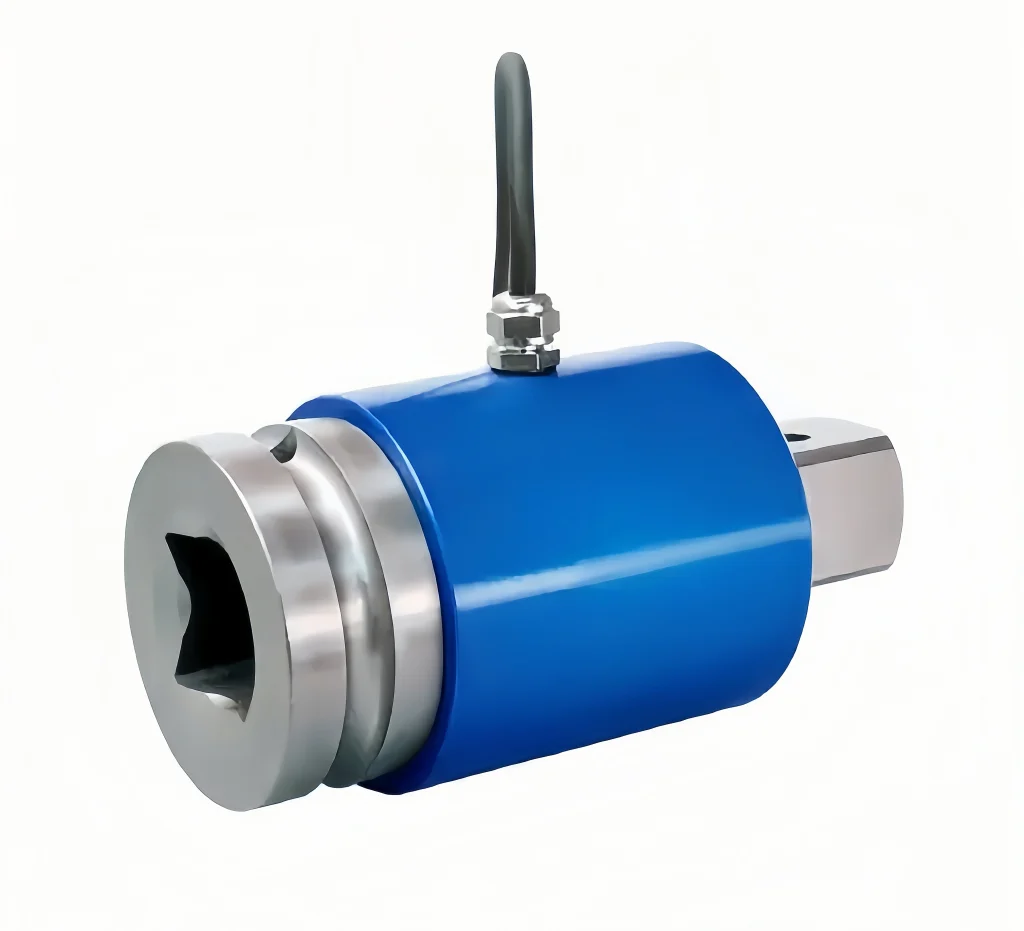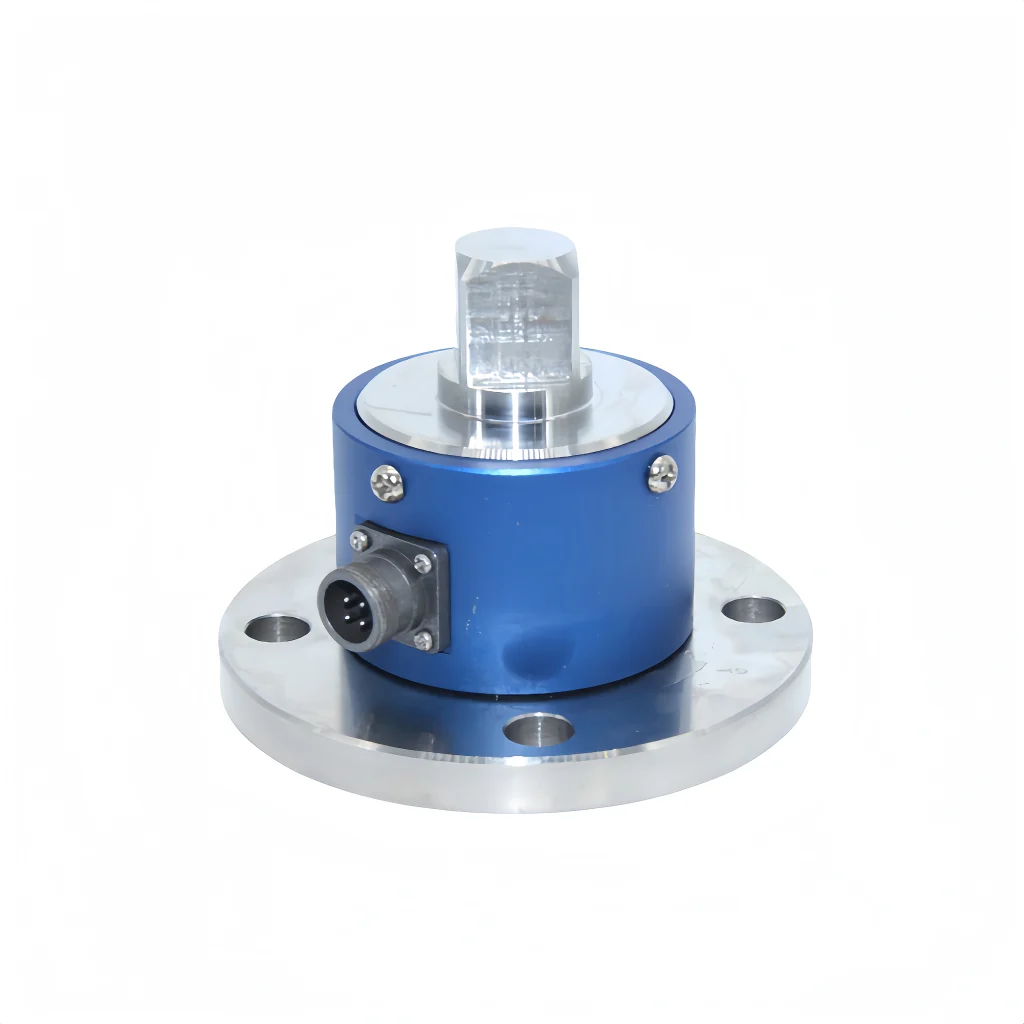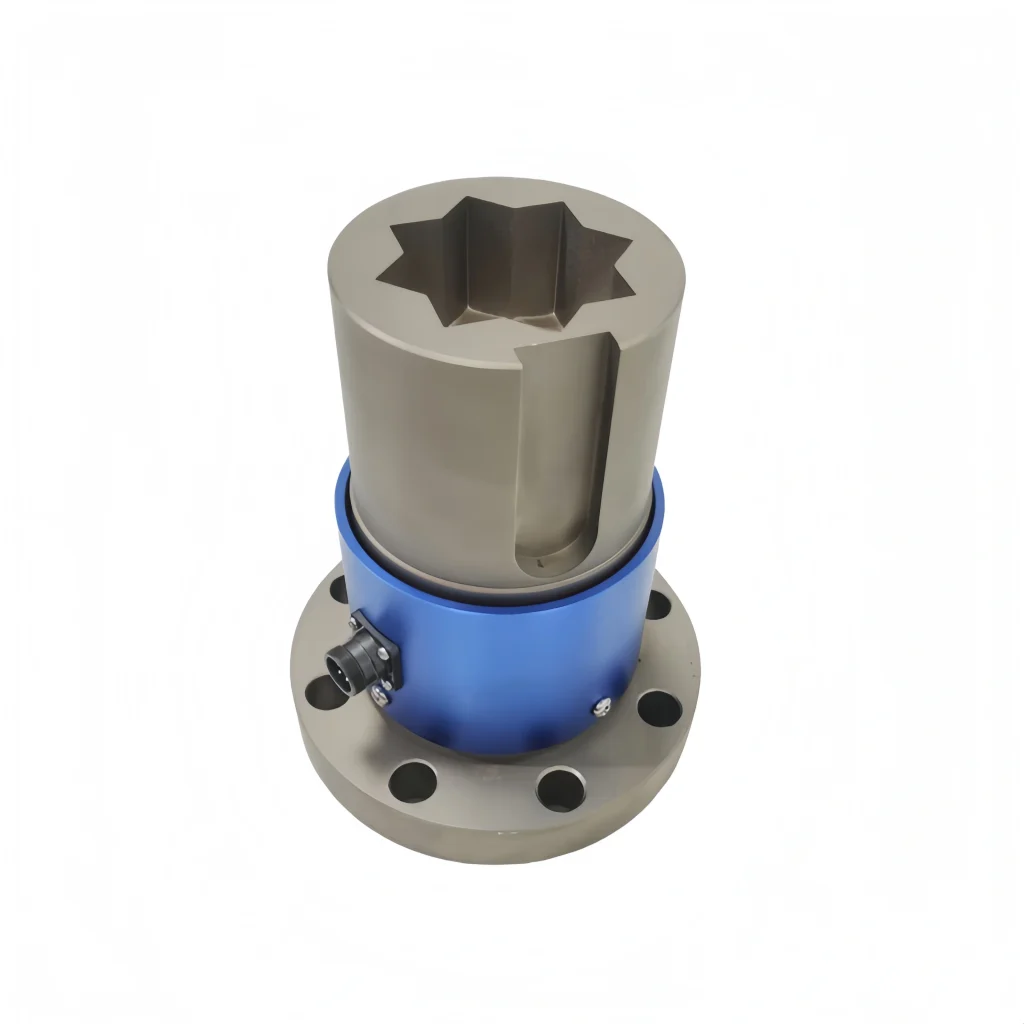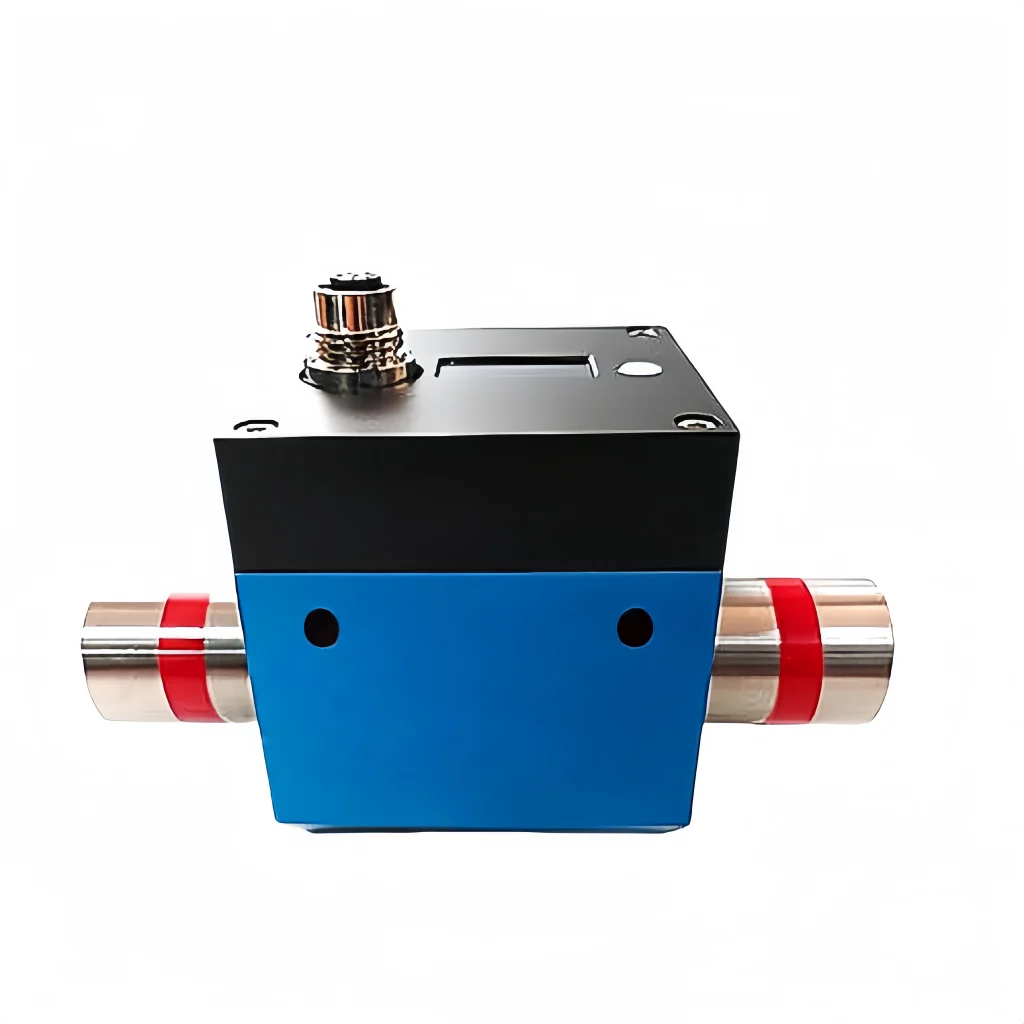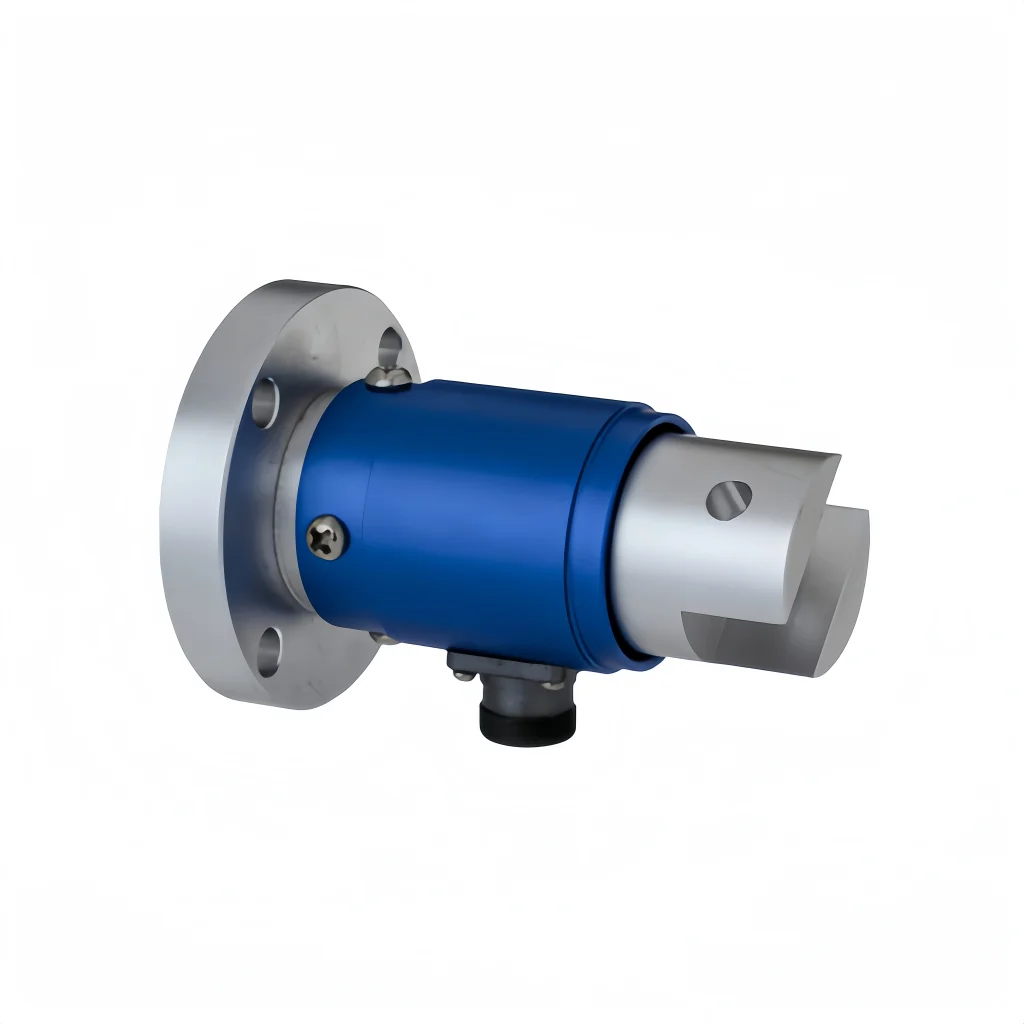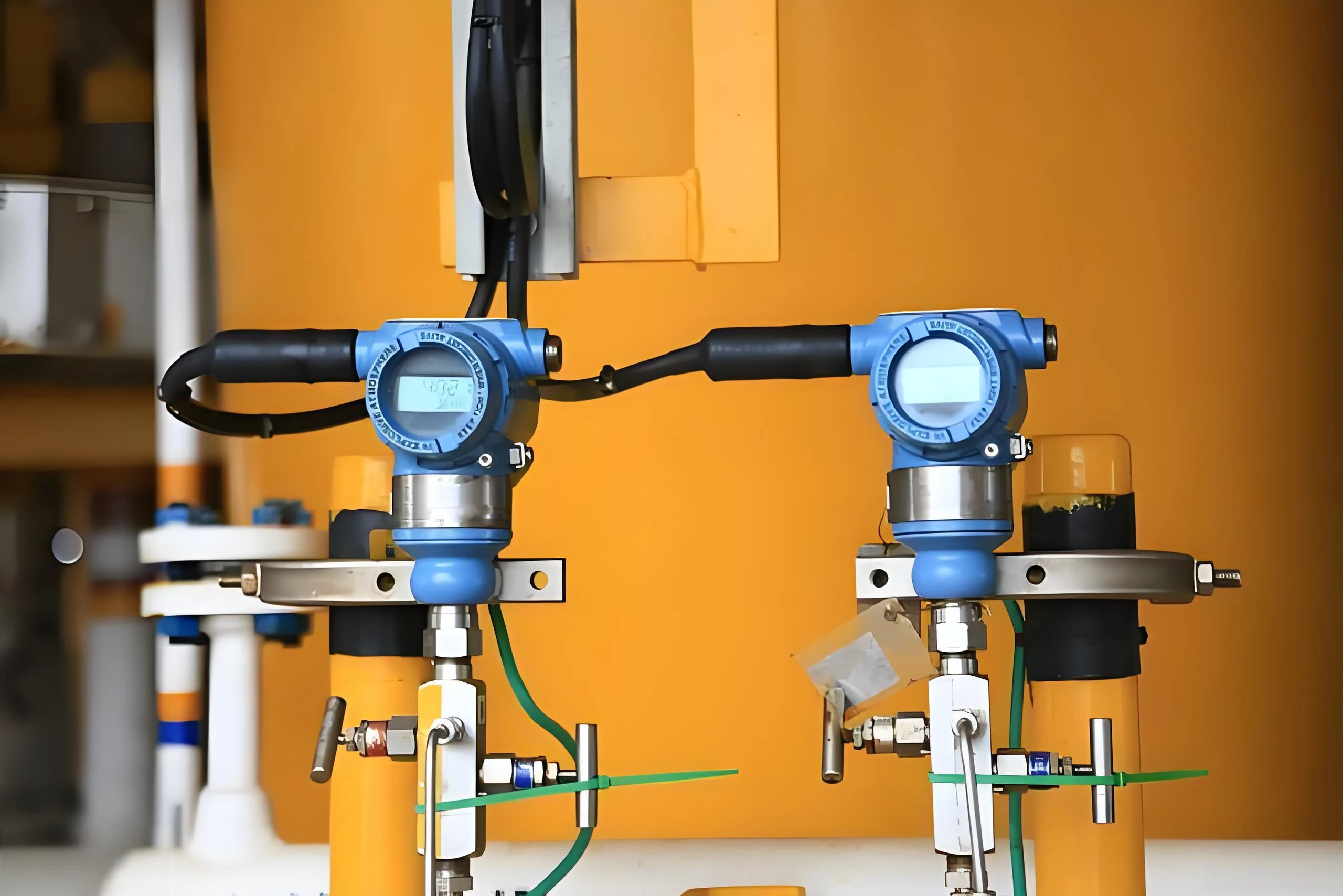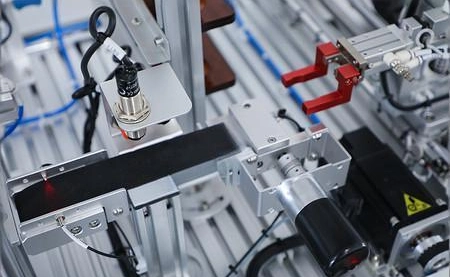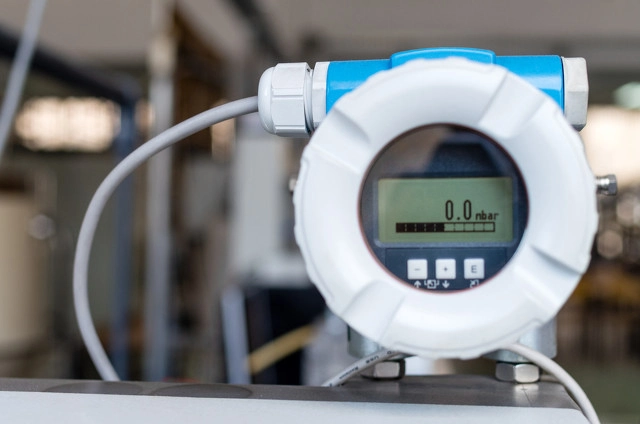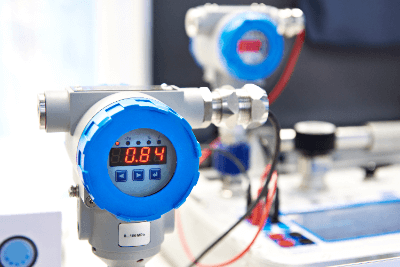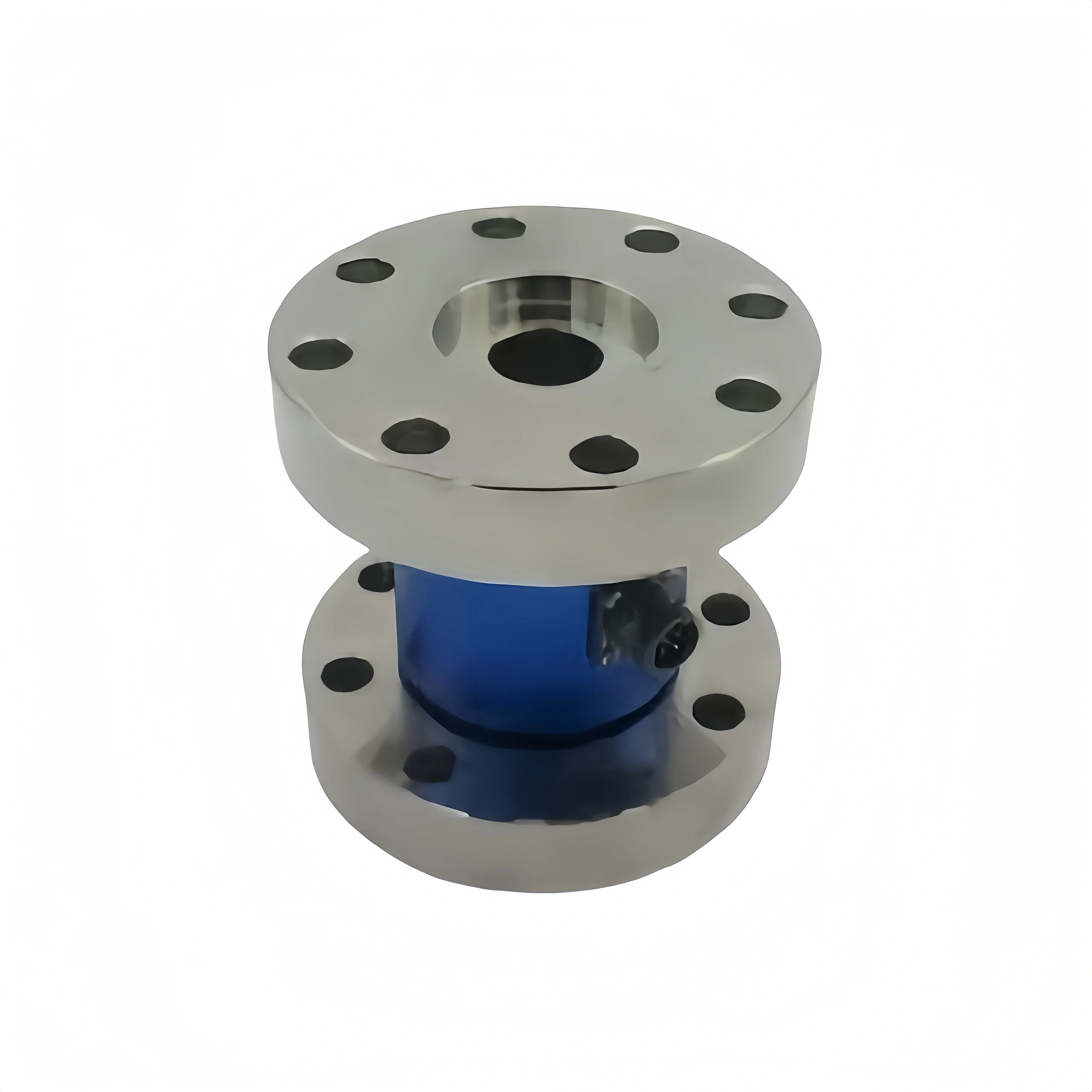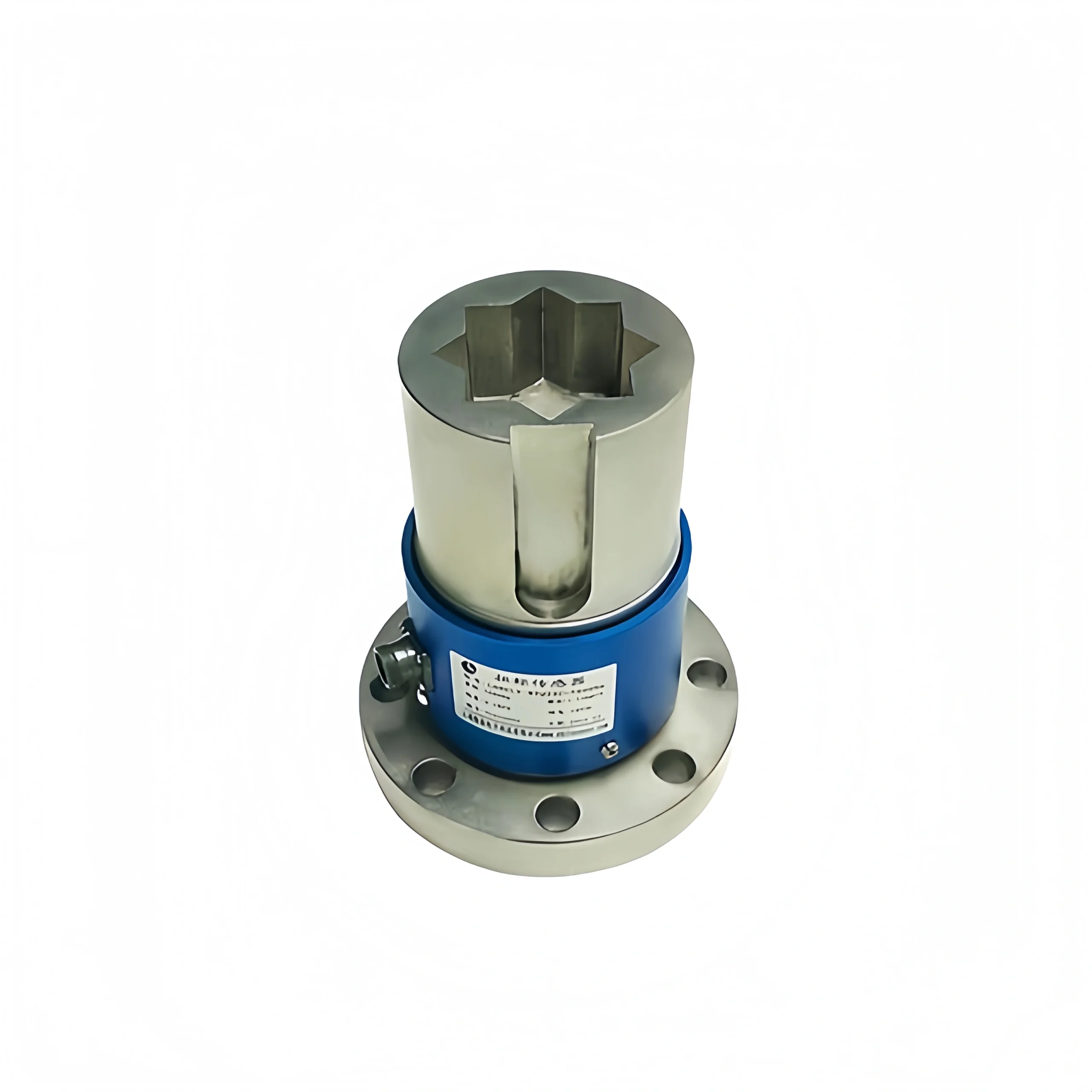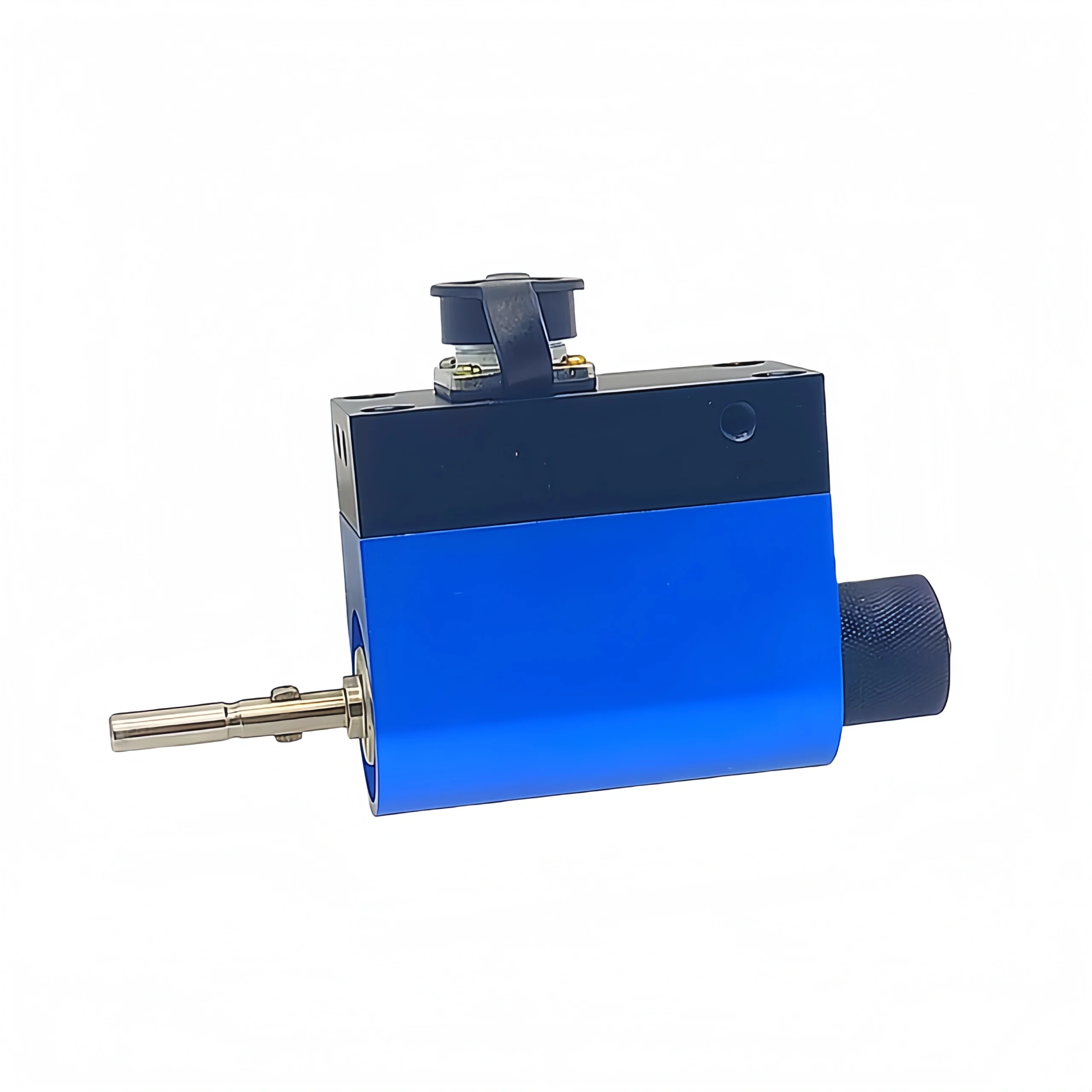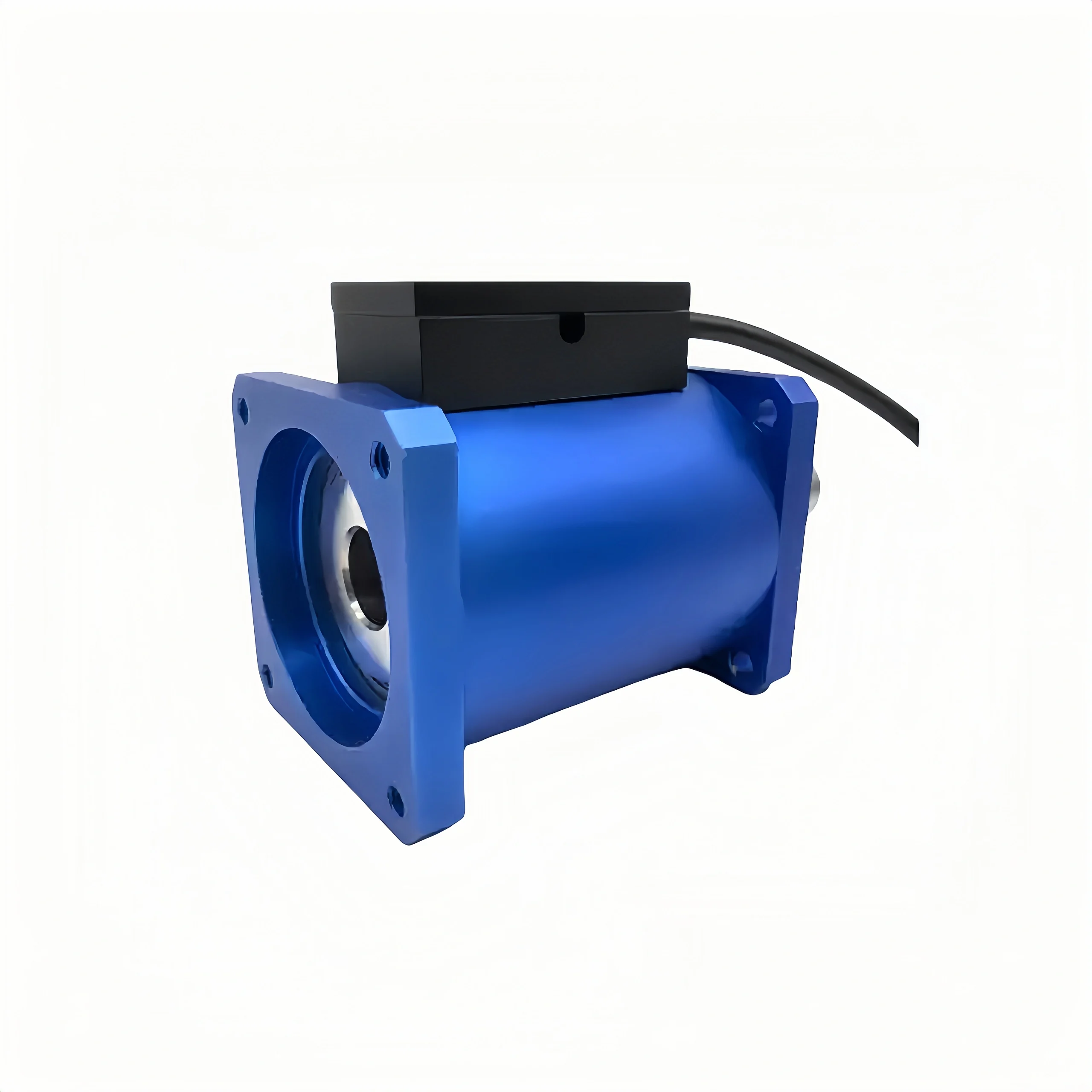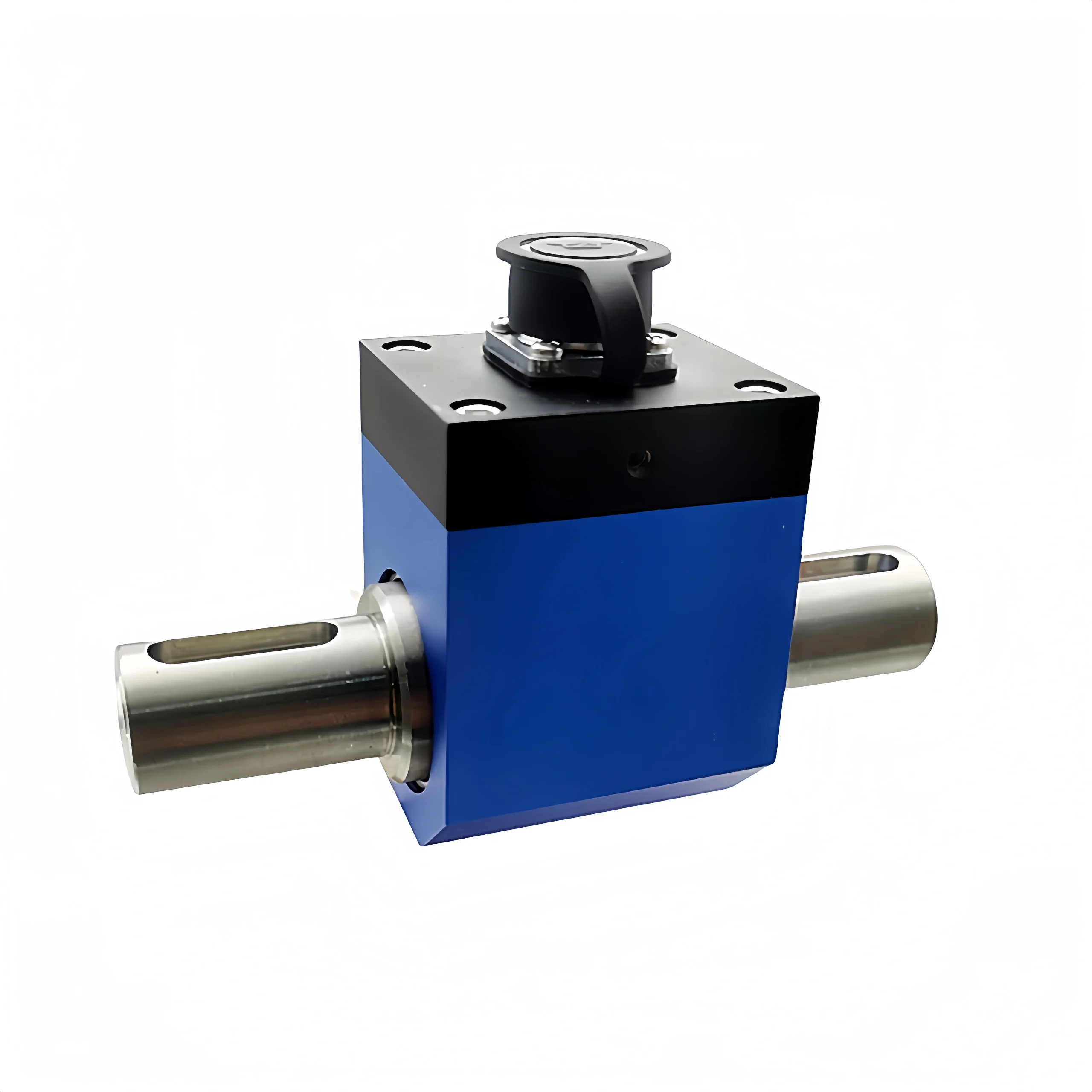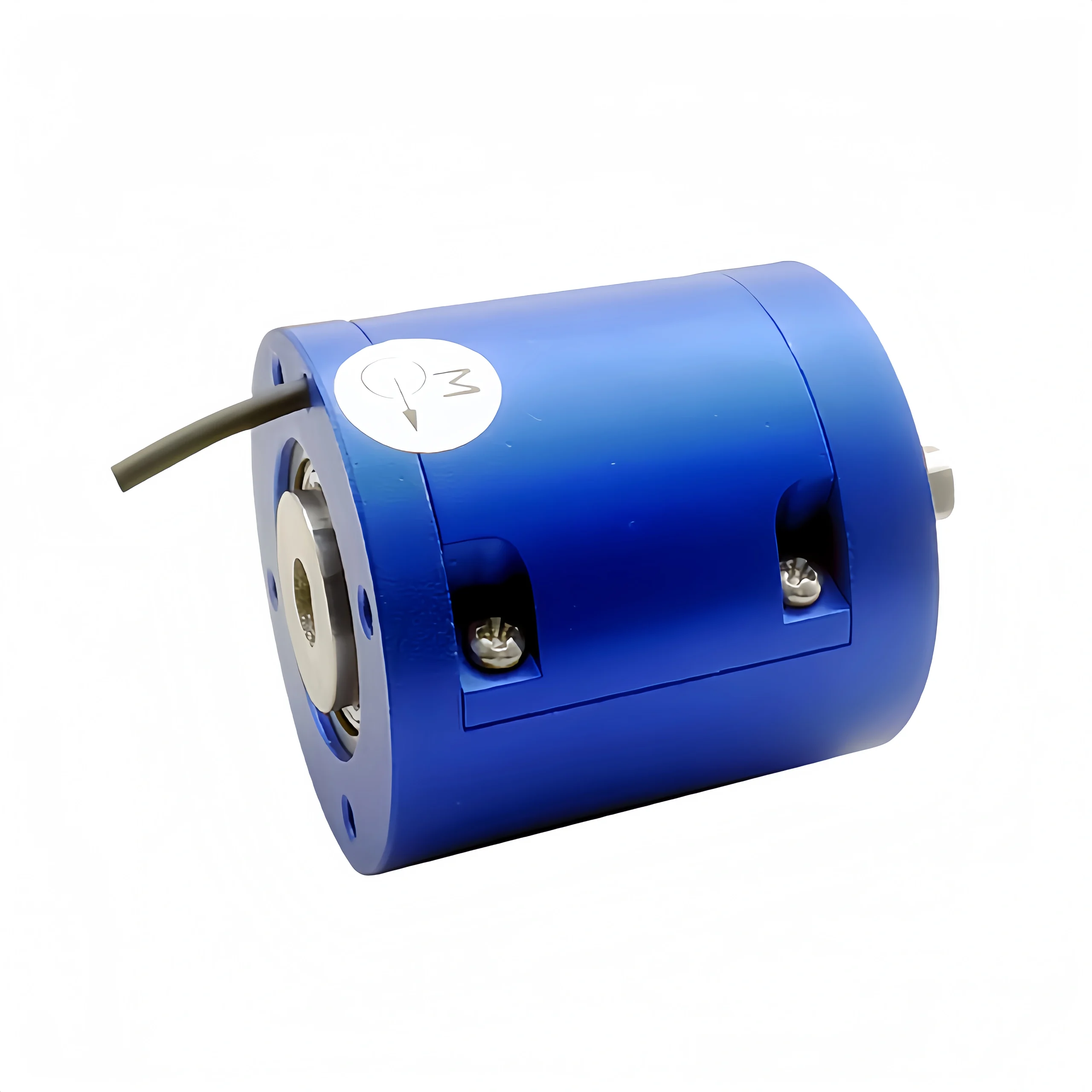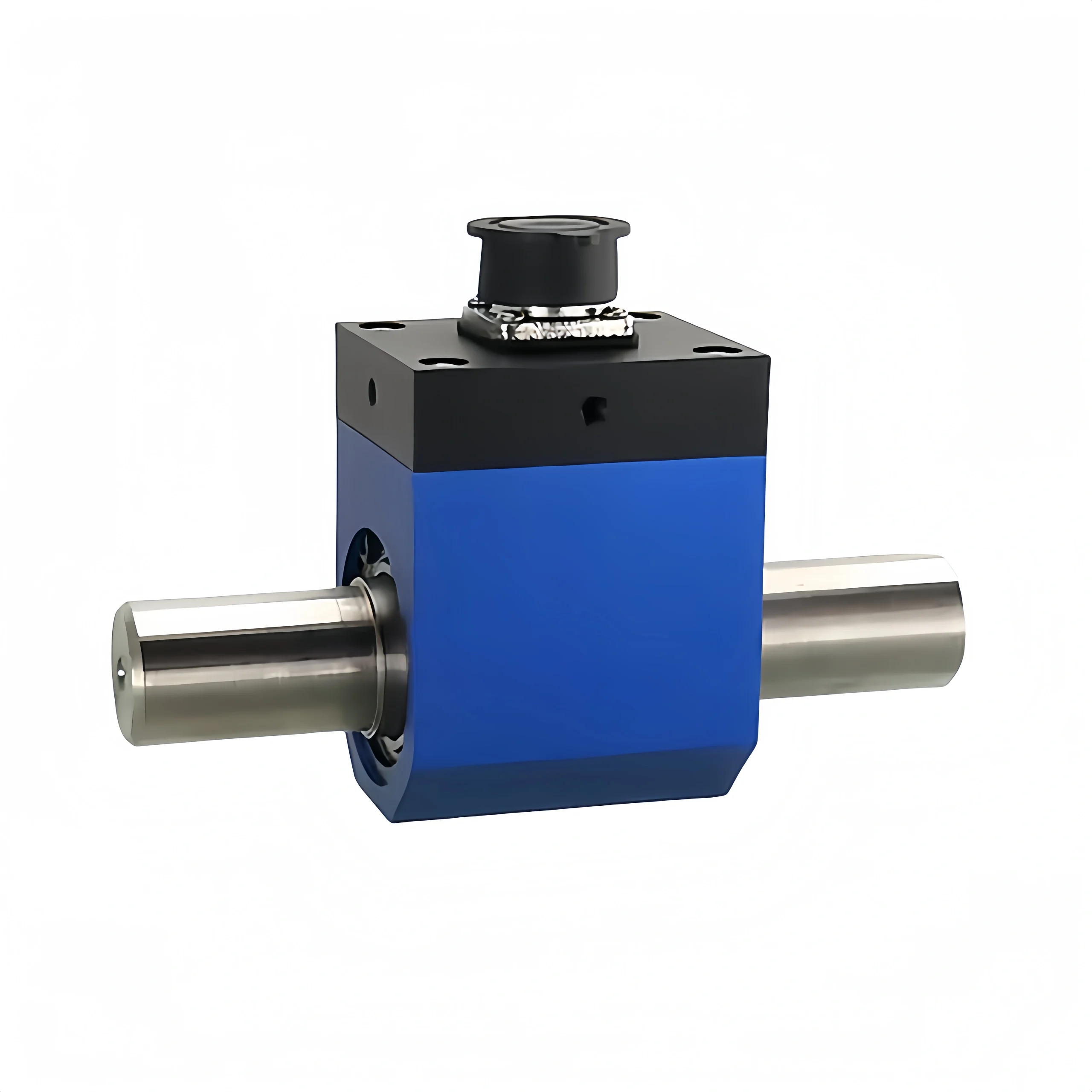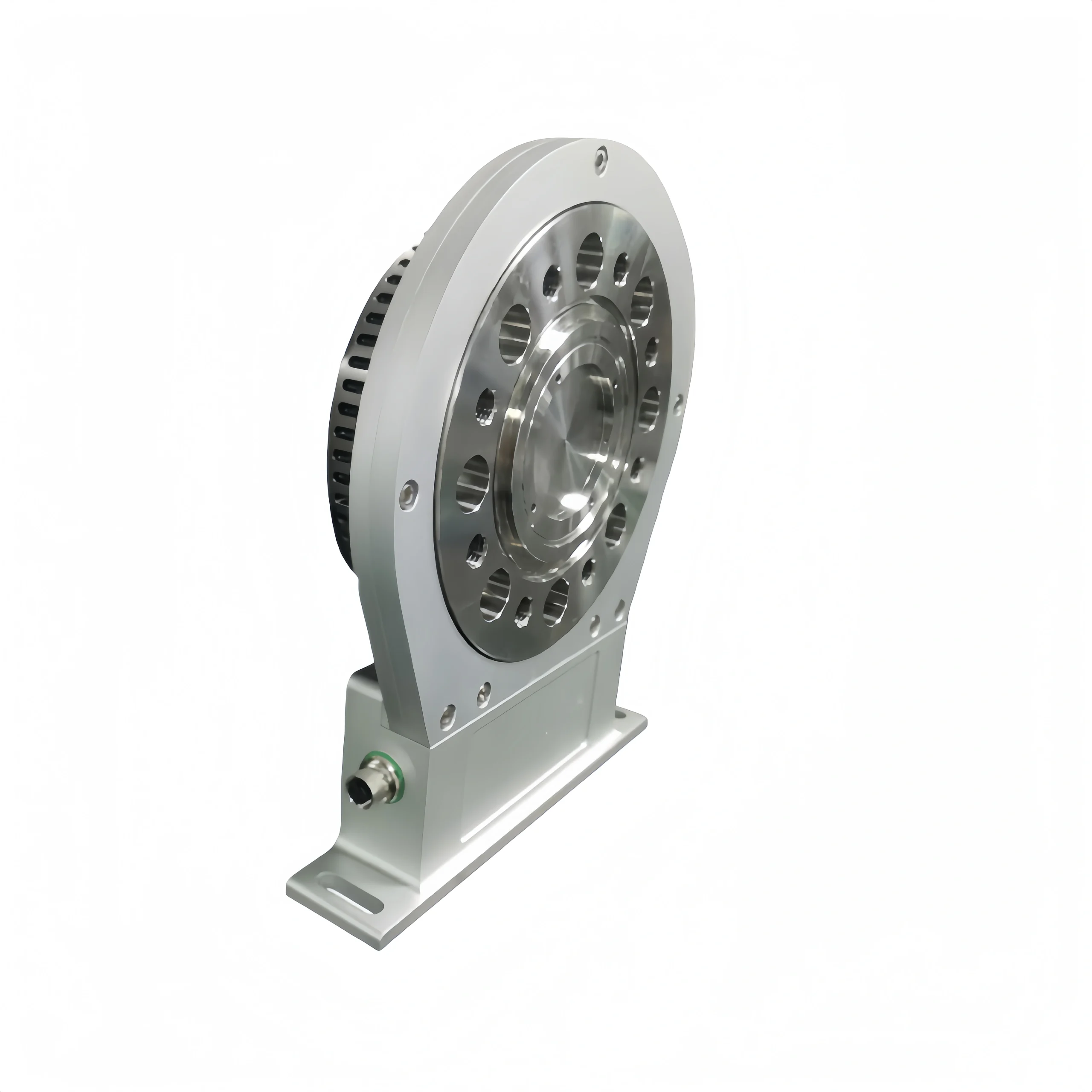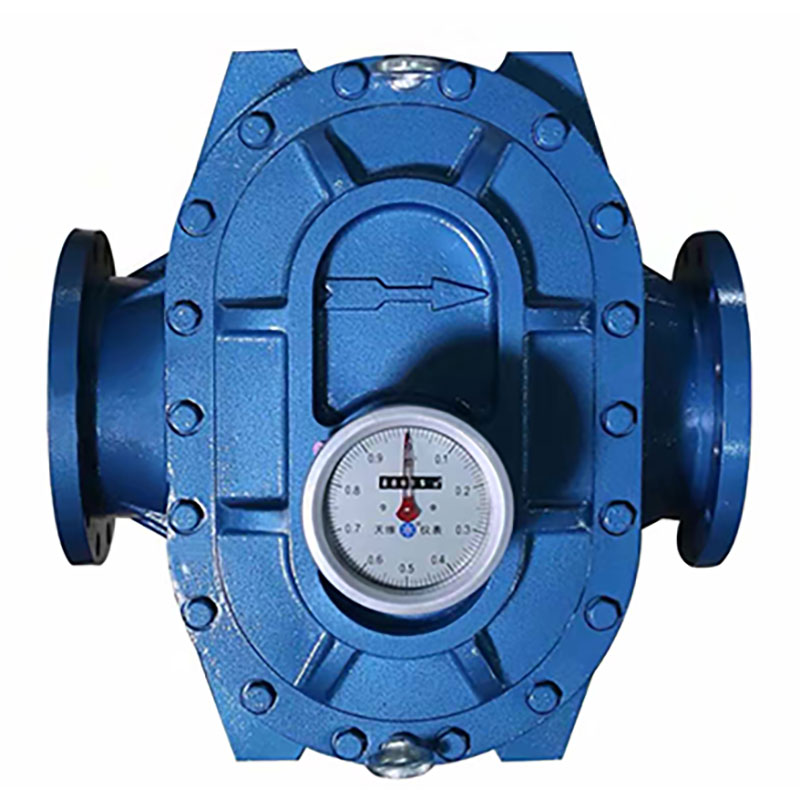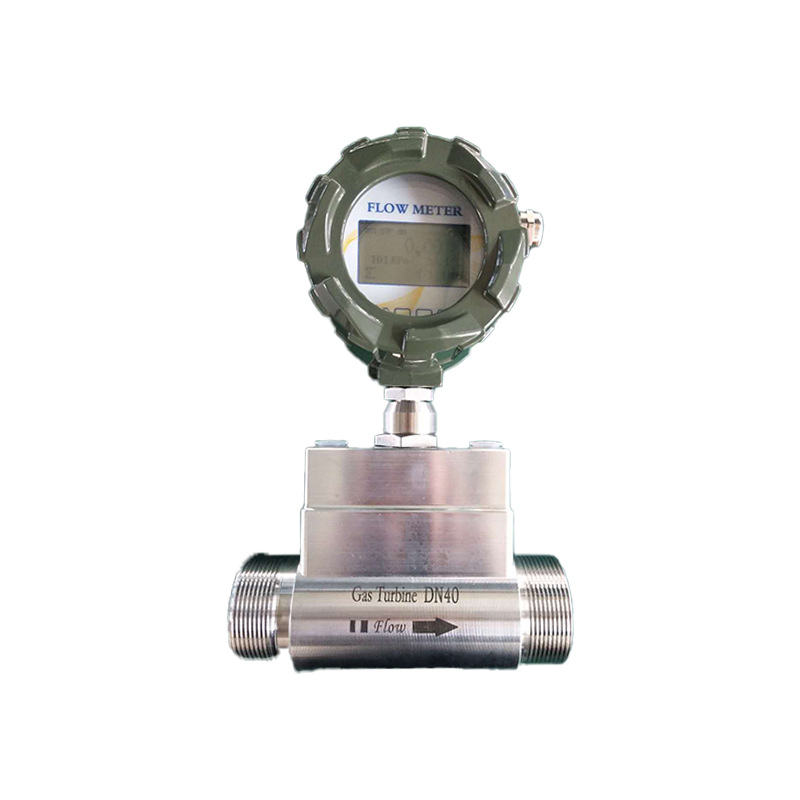Torque sensors are used in motor testing, steering systems, and electric bicycles. Understanding the working principles of torque sensors is crucial for selecting a torque sensor. This article will focus on the principles of torque sensors. I hope it will be helpful.
Sino-Inst Featured Product
What is a Torque Sensor?
Torque sensors, also known as torque transducers and torque meters. It are categorized as dynamic torque sensors and static torque sensors. They can also be categorized as reaction torque sensors and rotational torque sensors.
Torque sensors detect the torsional torque. It is applied to various rotating or non-rotating mechanical components. They convert the physical changes in torque into precise electrical signals.
Features:
1. Strong anti-interference capabilities.
2. High accuracy and excellent stability.
3. mall size, light weight, and easy installation.
4. Can be installed in any position and orientation.
5. Continuously transmits forward and reverse torque signals without repeated zeroing.
6. No wear parts, such as slip rings, allowing for long-term operation at high speeds.
7. Torque measurement capabilities and contactless transmission of energy and signals. Output signal digitization function.
8. Can transmit static torque signals, rotating torque signals, and dynamic torque signals.
9. Signal transmission is independent of rotation, speed, or direction. It can withstand long-term, high-speed operation.
For more information on the definition of a torque sensor, please refer to: Torque Sensor Detailed Introduction.
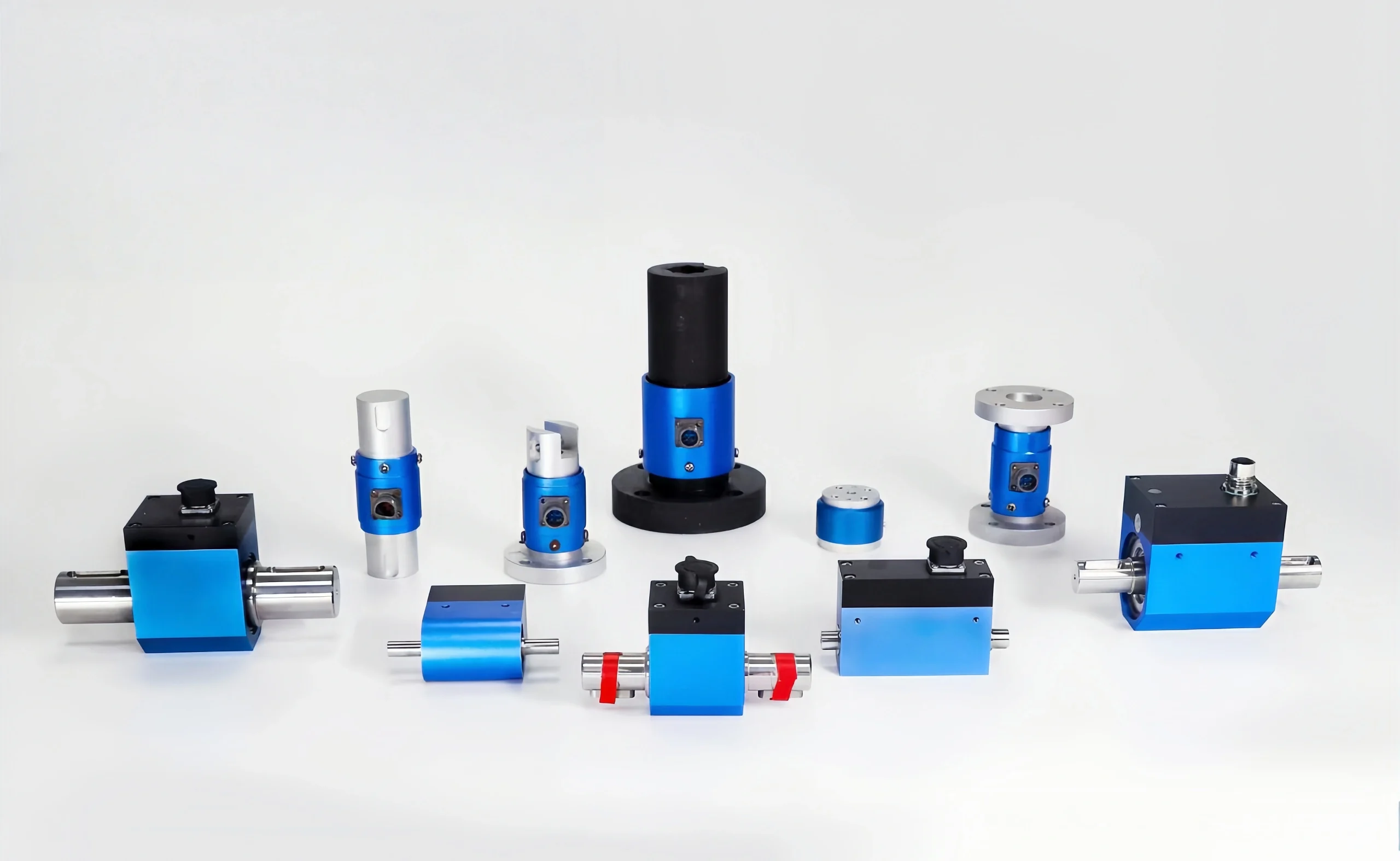
Torque Sensor Working Principle
A torque sensor typically consists of a measuring element and a signal processing circuit. The measuring element senses torque, while the signal processing circuit converts the output signal of the measuring element into readable data. Depending on the measurement principle, torque sensors can be divided into various types. such as strain gauge, photoelectric, and inductive.
Strain Electrical Measurement Technology
Torque sensors are based on the electrical measurement conversion principle of strain gauges. They convert torque into an electrical signal. When an object is subjected to an external force, strain is generated, causing its size and shape to change. By measuring this strain, the magnitude of the external force can be determined. In a torque sensor, a strain gauge is attached to an elastic element. The elastic element deforms when subjected to torque. Torque sensor based on Wheatstone bridge technology.
As a resistance strain gauge, the strain gauge’s resistance changes with deformation. This resistance change is converted into an electrical signal by the measurement circuit. The final output is an electrical signal reflecting the magnitude of the torque.
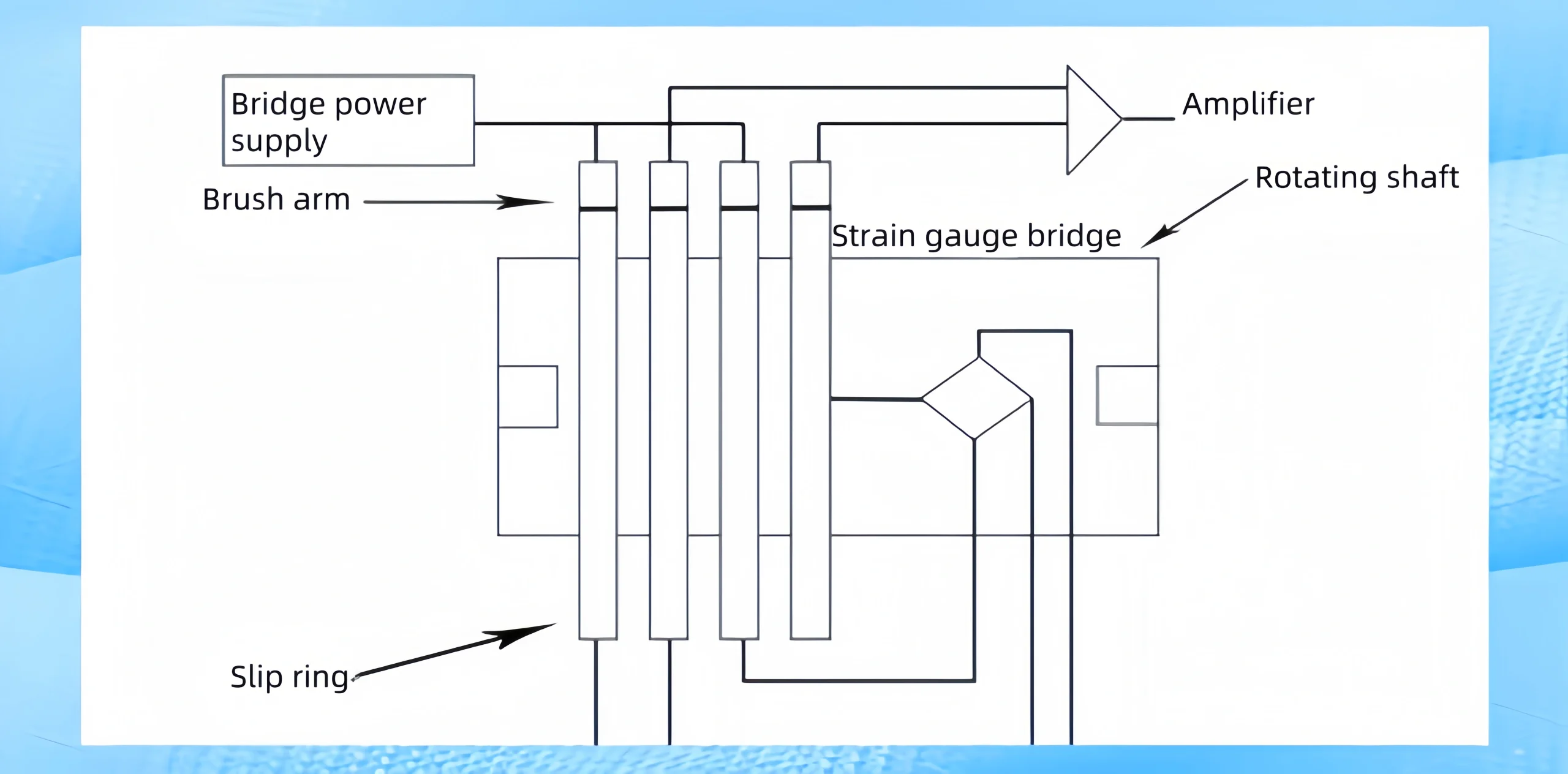
Magnetoelectric Effect
Inductive Torque Sensor:
When torque acts on the sensor, the magnet inside the sensor generates a magnetic field. The strength of the magnetic field varies with the magnitude of the torque. This change in magnetic field strength causes the resistance inside the sensor chip to change, generating a voltage change. This voltage signal is then output, thereby measuring the torque.
Photoelectric Effect
Photoelectric Torque Sensor:
This sensor uses the photoelectric effect to measure torque. The sensor contains a set of photoelectric devices. When rotating, these devices output an electrical signal. By measuring this electrical signal, the magnitude of the torque can be determined.
Fiber Optic Effect
Fiber optic torque sensor:
This sensor uses optical fiber as a sensing element and detects torque by measuring changes in parameters. such as the intensity and phase of the optical signal in the fiber.
Piezoelectric Effect
Piezoelectric torque sensor:
Uses the piezoelectric effect to convert torque into electrical energy. Torque is detected by measuring voltage or charge.
Hall Effect
Hall Effect Torque Sensor:
Uses the Hall Effect principle to measure changes in magnetic field strength. To obtain torque values. This sensor features non-contact, high precision, and high speed. However, it requires an external magnetic field generator for use.
Torque Sensor Types
1. Dynamic and Static Torque Sensors:
Dynamic torque sensors measure torque changes during rotation. and they are often used for real-time monitoring (e.g., engine output torque). They require high-frequency response and interference resistance.
Static torque sensors measure torque when stationary or rotating slowly. They are used for calibration or laboratory testing.
2. Non-Contact and Contact Torque Sensors:
Non-contact torque sensors offer long life, high reliability, interference resistance, and easy installation. Typical examples include magnetoelectric and fiber optic types.
Contact torque sensors rely on conductive slip rings or strain gauges. They are prone to wear, but the technology is mature and the cost is low.
3. Other Types:
Torsion Angle Phase Difference Torque Sensors calculate torque by measuring the phase difference between two sets of gear sensors.
Strain Gauge Torque Sensors use resistance strain gauges to detect deformation of an elastic shaft.
Magnetostrictive Torque Sensors utilize the expansion and contraction properties of a material in a magnetic field.
Fiber optic Torque Sensors measure torque by measuring the phase change of an optical signal. High-performance wireless torque sensors combine sensors with wireless communication technology to achieve wireless data transmission. After processing and encoding, the torque signal is transmitted by the transmitter module. The receiver module receives and decodes the signal, then transmits it to the microcontroller, where the torque data is displayed on an LED.
Based on the mounting method, these sensors can be categorized as either shaft-mounted or flange-mounted.
Shaft-mounted torque sensors are compact torque measurement devices. It is suitable for applications requiring low accuracy and dynamics. Due to their design, shaft-mounted torque sensors can measure very low torques – 0.5 Nm or less.
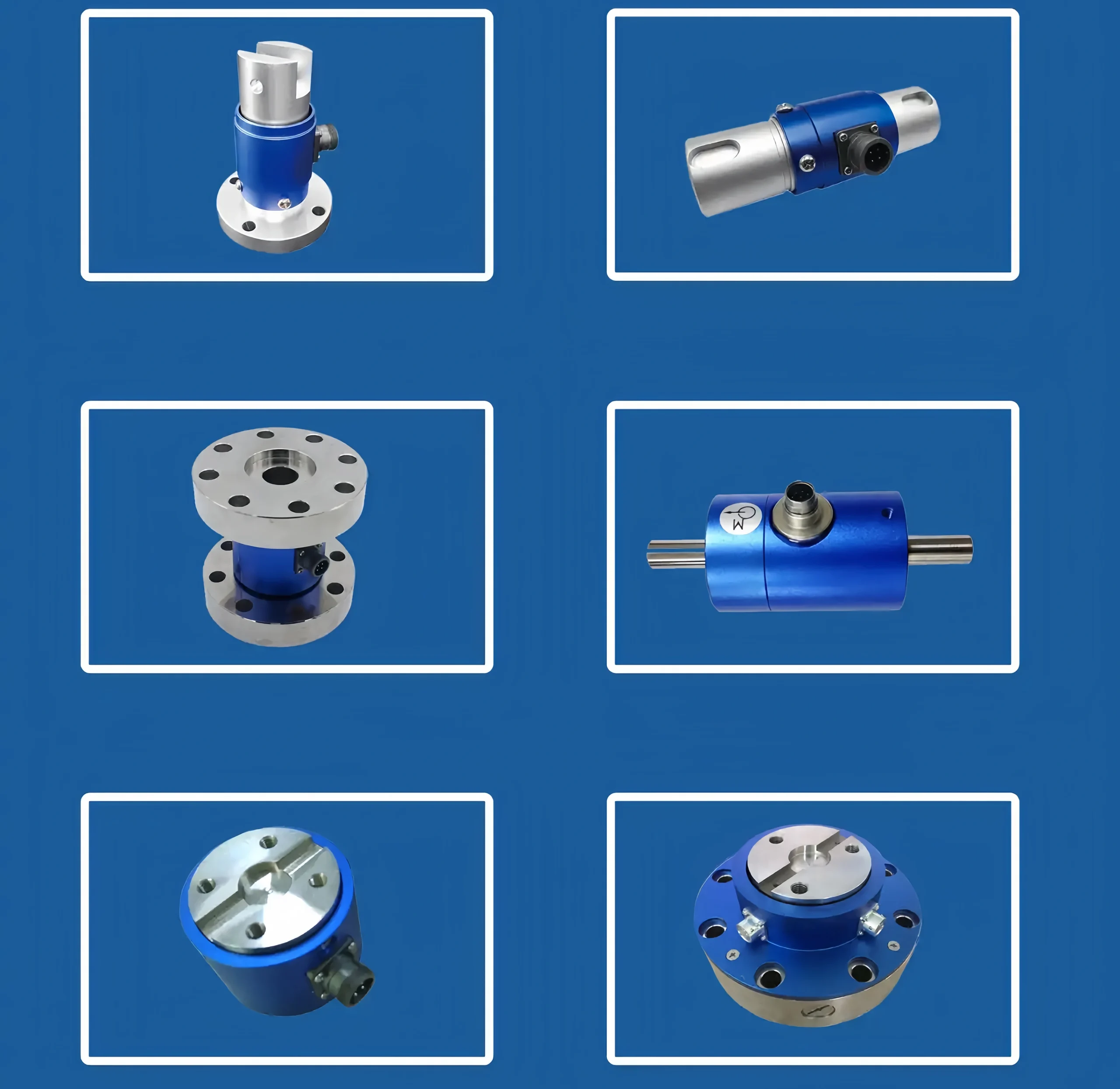
Torque Sensor Applications
Torque sensors play a key role in various industries. They are used in the following areas:
1. Detecting the output torque and power of rotating power equipment such as generators, motors, and internal combustion engines.
2. Detecting the load torque and input power of equipment such as reducers, fans, pumps, mixers, winches, propellers, and drilling equipment.
3. Detecting the torque during the operation of various machining centers and automatic machine tools.
4. Torque and efficiency transmitted by various rotating power equipment systems;
5. Detects torque while also detecting speed and axial force.
6. Can be used to manufacture viscometers and electric (pneumatic, hydraulic) torque wrenches.
7. AC (DC) motors, servo motors, and stepper motors;
8. Control and monitoring of automotive engines, diesel engines, steering gears, integral rigidity and torsion of vehicle bodies, and other component processing;
9. Electric (manual) actuators and automatic opening and closing controls for various valves;
10. Control and monitoring of oil extraction and refining processes, monitoring of thermal (hydro) power generation equipment, ore screening control, and monitoring of wind power generation equipment;
11. Torque life testing of various materials;
12. Process control of railway machinery and equipment.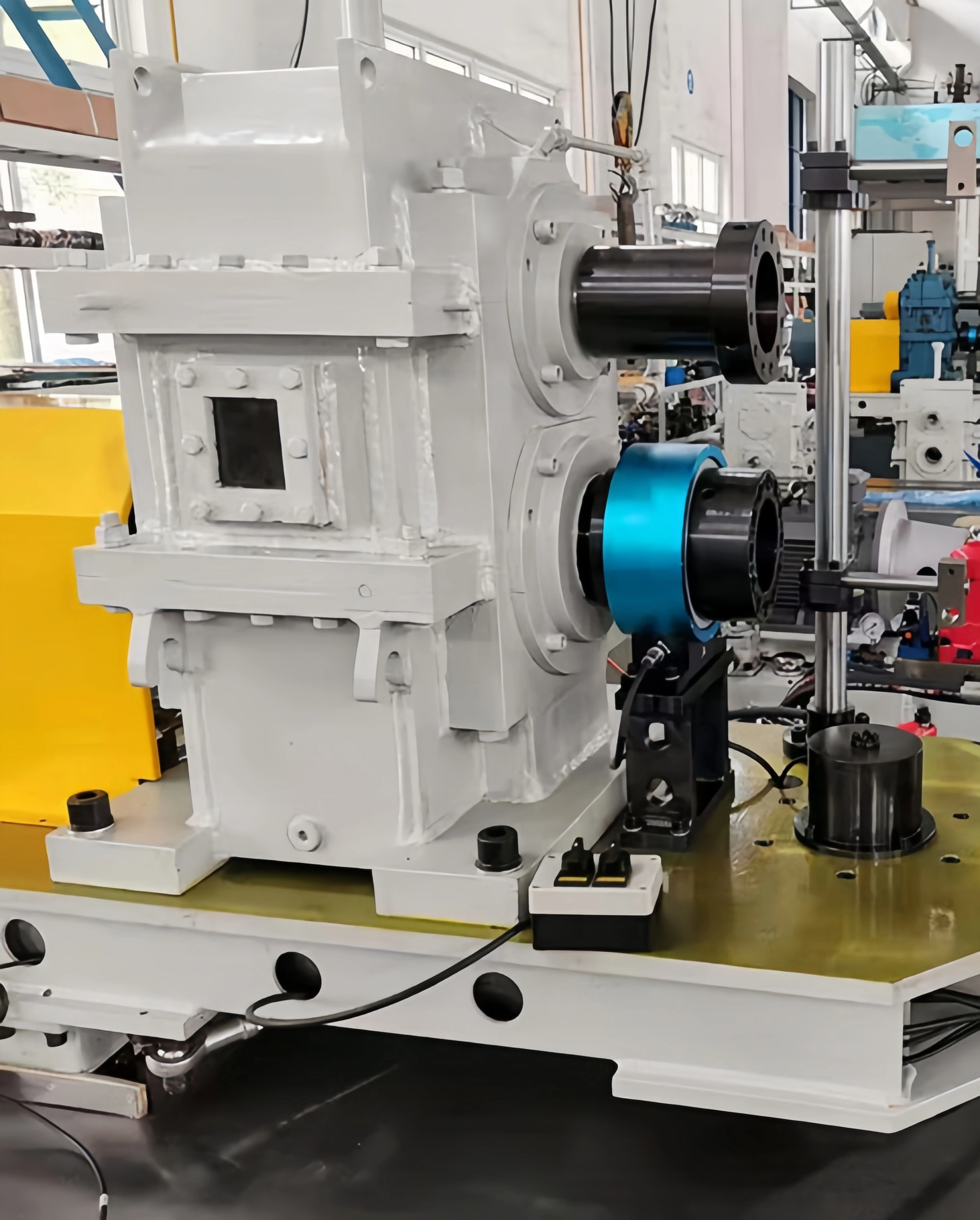
What is the output signal of a torque sensor?
The output signals of a torque sensor include frequency, current, voltage, and 232/485 communication signals.
Frequency Signal:
The frequency output signal is generally 5 kHz to 10 kHz to 15 kHz.
Current Signal:
The current output signal is generally 4mA to 12mA to 20mA.
Voltage Signal:
Voltage output signals: 0-2.5V to 5V, 0-5V to 10V, -5V to 0-5V, and -10V to 0-10V.
232/485 Communication Signal:
Since the sensor itself lacks a button, it cannot switch between 232 and 485 output signals. Therefore, you must confirm your needs with the supplier before purchasing.
Therefore, you can only choose either 232 or 485.
Torque and Force Relationship
Based on physical principles,
power P = torque × angular velocity ω.
Because power P = work W ÷ time t, and work W = force F × distance s, P = F × s/t = F × velocity v.
In the automotive engine field, this translates to power (kW) = torque (Nm) × speed (rpm) / 9549.
How to Tell If a Bolt is Overtorqued?
When manufacturing precision instruments, we use torque wrenches that measure force. This helps us determine if a bolt is overtightened.
Torque sensors have various principles. So, different torque sensors are required for different working environments.
Sino-Inst offers dozens of different torque sensors. We can also customize sensors to meet your specific needs. Please feel free to contact us. Sino-Inst is your most professional technical advisor.
